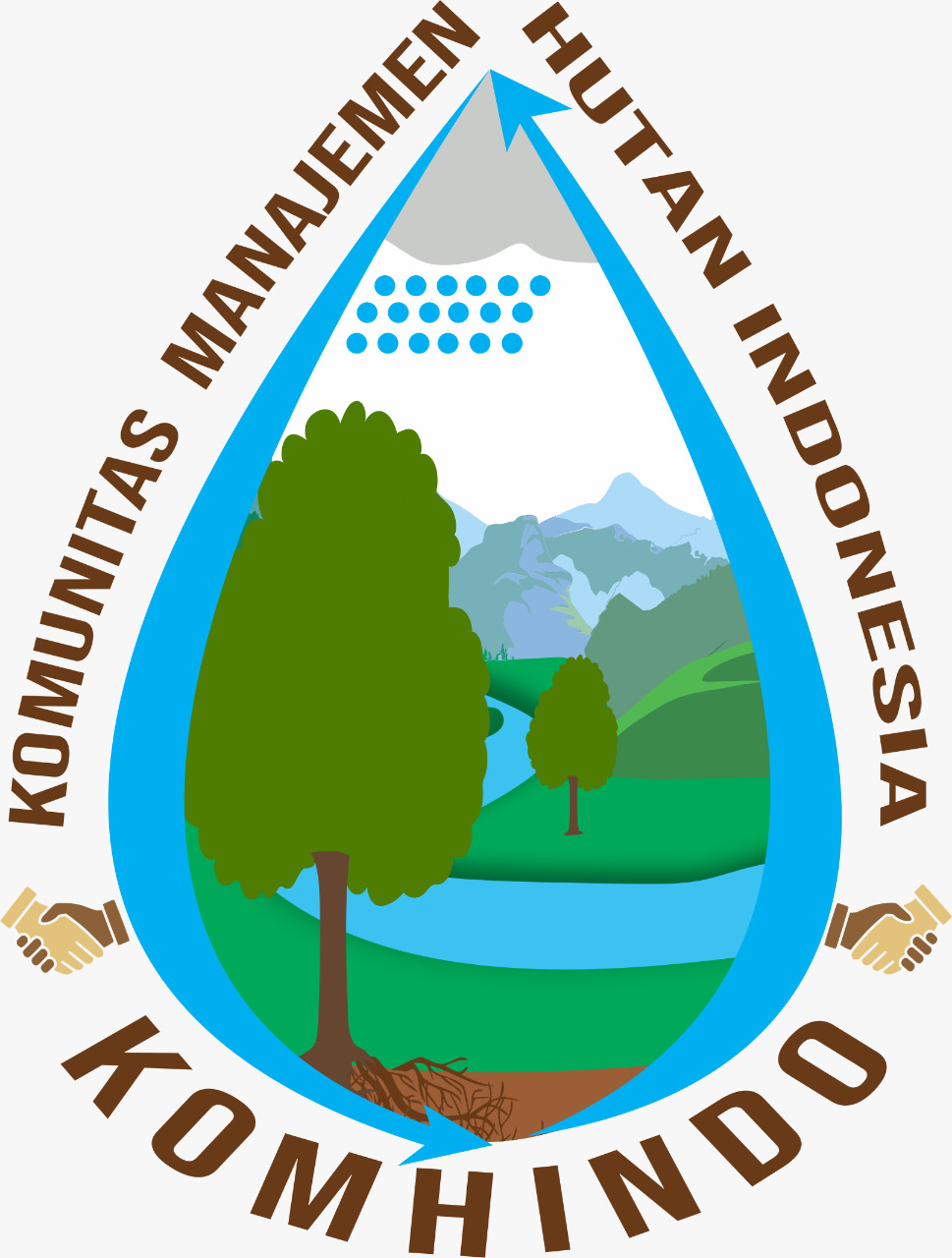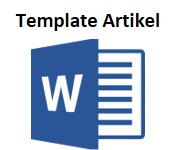POTENTIAL FOR THE DEVELOPMENT OF THE SRIWIJAYA KINGDOM PURBAKALA PARK, PALEMBANG CITY, SOUTH SUMATRA PROVINCE
Abstract
Keywords
Full Text:
PDFReferences
Abdi, Radinal Saragih. 2021. Diversifikasi Potensi Dan Fungsi Ruang Terbuka Hijau (RTH) Taman Kota Di Wilayah Kota Singaraja. Universitas Pendidikan Ganesha
Arfan, M., Rosianty, Yuli., Delfy Lensari. 2018. Timgkat Pemahaman Masyarakat Terhadap keberadaan RTH di Jakabaring Sport City Palembang.
Astawa., Ida Bagus Made. 2020. Kajian Konsep Pengembangan Taman Kota Menjadi Taman Tematik Di Kawasan Perkotaan Singaraja. UNDIKSHA, Bali.
Dahlan, E. 2006. Teori dan kajian ruang publik kota. Semarang. Universitas diponogoro
Hakim. 2014 . Komponen Perancangan Arsitektur Lansekap: Prinsip- Unsur dan Aplikasi Desain. PT Bumi Aksara, Jakarta.
Harrison, Rhett D. 2005 Figs And Diversity Of Trofical Rainforest. Jurnal Bioscience.
Handoyo F., Hakim L., Leksono A. 2016. Analisis Potensi Ruang Terbuuka Hijau. Malang.
Indriyanto. 2006 . Ekologi Hutan. PT. Bumi Aksara, Jakarta.
Kasiram, Moh. 2008. Metodelogi Penelitian. Malang: UIN-Malang Pers.
Moleong. Lexy J. 2010. Metodologi Penelitian Kualitatif. Remaja Rosdakarya, Bandung.
Nandi. 2008. “Pariwisata dan Pengembangan Sumber Daya Manusia”. Jurnal GEA Jurusan Pendidikan Geografi. Vol. 8 No. 1 April 2008.
Nizak, Zuhrotun. 2013. Analisis SWOT Untuk Menentukan Strategi Kompetitif. Jurnal Ekbis Vol. 9 No 2.
Pangemanan-D. 2013. Areca Vestiaria, Palem Cantik Dari Sulawesi Utara. WARTA WIPTEK Unsrat No.5
Pernandes, F. 2019. Potensi Keberadaan Ruang Terbuka Hijau (RTH) Di Kecamatan Seberang Ulu II Kota Palembang Sumatera Selatan. Universitas Muhammadiyah Palembang.
Pramana, Agus Ari. 2005. Lokasi Kawasan Dan Daya Saing Ekowisata Di Provinsi Bali. Magister Ekonomi Pembangunan. Yogyakarta.
Rahmy, Wiyastari A., Faisal, Budi dan Agus R. Soeriaatmadja . 2012 . Kebutuhan Ruang Terbuka Hijau Kota Pada Kawasan Padat: Studi Kasus Di Wilayah Tegal Lega. Bandung. Jurnal Binaan Indonesia 1 (1). 27-38.
Rangkuti, Freddy. 2014 . Analisis SWOT: Teknik Membedah Kasus Bisnis (reorientasi konsep perencanaan strategis untuk menghadapi abad 21). PT Gramedia Pustaka Utama, Jakarta.
Rosianty, Yuli., Lensari, Delfy., Pernandes, Ferdi dan Fahmi A, Innike. 2020 . Potensi Pengembangan Ruang Terbuka Hijau (RTH) di Kecamatan Seberang Ulu Kota Palembang. Jurnal Sylva. VIII-2:72-84, Universitas Muhammadiyah Palembang.
Rosita., Marhanah, Sri dan Wahadi, Woro H. 2016. Pengaruh Fasilitas Wisata dan Kualitas Pelayanan Terhadap Kepuasan Pengunjung di Taman Margasatwa Ragunan Jakarta. Jurnal Manajemen Resort Dan Leisure.
Soerjani, M. 1997. Peranan kampus dam mahasiswa sebagai institusi ilmiah dalam pengembangan hutan kota. Universitas indonesia. Depok.
Soerianegara, I dan Indrawan, A. 1988 . Ekologi Hutan Indonesia. IPB. Bogor
Wardani. D. M. 2019. Angsana berpotensi menghambat bakteri.
Yoeti, O. A. 2000, Ilmu Pariwisata, Jakarta: Pertaja.
DOI: https://doi.org/10.32502/sylva.v11i2.5765
Refbacks
- There are currently no refbacks.
Indexed by:
Contact Person:
Delfy Lensari, S. Hut, M. Si
Jurnal Sylva: Ilmu-ilmu Kehutanan
Forestry Program Study, Faculty of Agriculture, Universitas Muhamamdiyah Palembang
JL. Jend.A.Yani 13 Ulu Palembang, South Sumatra, Indonesia
Tel. (+62)711-511731; Email: jurnalsylvaump@gmail.com; Website: https://jurnal.um-palembang.ac.id/sylva

This work is licensed under a Creative Commons Attribution 4.0 International License





1.png)






